"5 Research Gems in Captcha Thief" by Mystery Author Rosie Claverton
When writing a mystery series featuring an agoraphobic
hacker and a streetwise ex-con fighting crime in Wales, there are plenty of
areas that need thorough research. With the first two novels Binary Witness
and Code Runner, I needed to do a lot of work on the foundations –
cybercrime and digital forensics, the prison and legal system, how to run
across the South Wales countryside in the dead of night without another living
soul seeing you.
Yet each new novel requires a little more research. In Captcha
Thief, I expanded my reach into the world of art heists and sent my
characters all across Wales – and beyond.
Here are five things I learned along the way:
Oxford lost a painting during the millennium celebrations
– and they still haven't found it
While the fireworks were high in the sky and most of the UK
was drunk on the new millennium spirit, thieves clambered over the scaffolding
of the Oxford University Library and then in through the glass roof of the
Ashmolean Museum to pilfer Cézanne's Auvers-sur-Oise.
The Impressionist painting was worth £3 million at the time
of its theft, and while there have been rumours of its current location, the
beautiful piece remains unrecovered. When planning my own art heist, I used
this theft as a touchstone – though my thief was perhaps a little more subtle.
Glasgow is a city of contrasts, and the locals know it
best
I have never visited Glasgow. So when I wanted my ex-con
Jason to take a trip to the Scottish capital of crime, I need my own “man on
the street” to bring me the inside scoop.
Enter Lisa Gray, Scottish journalist and crime aficionado: “Glaswegians
are among the friendliest people you will ever meet! However, it's a city that
also has a hard edge to it. Its residents know how to look after themselves in
a fight!”
She also told me the great titbit that the Clyde Auditorium
is nicknamed the Armadillo, just like the Wales Millennium Centre in Cardiff.
This helped me form an extra connection between the cities for Jason – and the
reader.
La Parisienne was a 16-year-old actress in a
scandalous painting
By today's modern standards, a woman covered head to
not-quite-toe in a stunning blue dress is not much cause for alarm. In fact,
she looks demure if not entirely conservative, because that colour will always
get a girl noticed.
Yet Henriette Henriot was only sixteen when Renoir painted
her, working as an actress at the Odéon theatre. In the painting, she is
confident, assured, and removed from the traditional trappings of a woman's
life, occupying her own space. One impudent toe sticks out from beneath her
dress, and her luscious hair hangs loose.
Renoir made waves when he painted this girl. My thief made
waves when they stole her right out of the museum.
There is a UK sand database. Yup, sand.
Professor Ken Pye is a sand expert. His company has an
exhaustive collection of sand samples from UK beaches, which forensic
investigators can compare to their own trace evidence. These tiny particles can
accurately place a person at a specific location, which might be enough to put
them away.
Following sand trails becomes a little obsession for my
police team – because how did sand get into the gallery where the painting was
stolen?
Holyhead Coastguard are good for all your smuggling
research
My favourite research gem was from the extremely helpful
Holyhead Coastguard.
When asking for assistance with research, it can be very
hit-and-miss what you get back. Law enforcement agencies can be understandably
reticent about giving you details of how to get away with criminal activity on
their watch.
Not my good friends at Holyhead. They not only gave me
in-depth intel about what might affect a small craft looking to land on an
Angelsey beach, but gave me the perfect secluded spot for my smugglers to glide
in unseen...
Title: CAPTCHA Thief
Genre: Mystery/Suspense/Thriller
Author: Rosie Claverton
Publisher: Crime Scene Books
Purchase on Amazon
About
the Book:
Agoraphobic hacker Amy Lane and her sidekick
Jason Carr are swept up in a tortuous and increasingly dangerous adventure
following the murder of a security guard
at the National Museum of Wales and the theft of a priceless Impressionist
painting. As Amy seeks to help track an art thief and Jason seeks to
impress the National Crime Agency investigator Frieda Haas sent to recover the
missing painting – and its abductor—Jason and Amy become entangled in a
perilous web. As the evidence leads Amy and the police in circles,
Jason finds himself taking more and more risks in his hunt for the thief.
Nothing is as it seems. Are Amy and Jason merely playthings for a vicious
murderer? Can they survive the game? The
stakes are high, and this game is serious. Dead serious….
About
the Author:
Rosie Claverton grew up in Devon, daughter
to a Sri Lankan father and a Norfolk mother, surrounded by folk mythology and
surly sheep. She moved to Cardiff to study Medicine and adopted Wales as her
home. She then moved to London to specialize in psychiatry. Her first short
film Dragon Chasers aired on BBC Wales in Autumn 2012. She
co-wrote the ground-breaking series of short films The Underwater Realm. Between writing and practicing medicine, she
blogs about psychiatry and psychology for writers in her Freudian Script series.
Links: www.rosieclaverton.com
https://www.instagram.com/rosieclaverton/
http://www.goodreads.com/author/show/8119549.Rosie_Claverton


























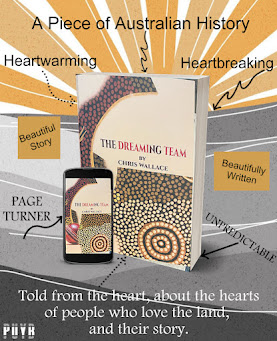




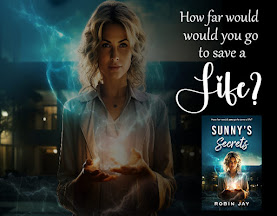















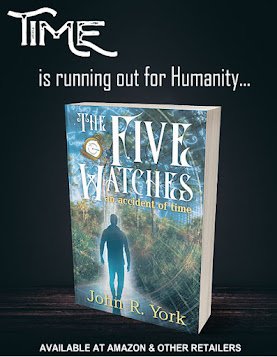























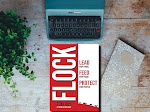


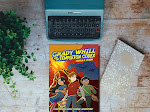



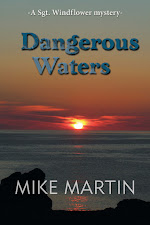




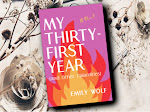






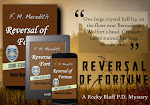









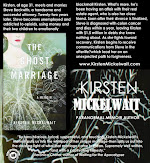











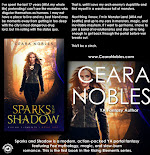
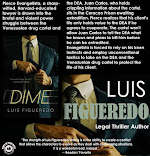




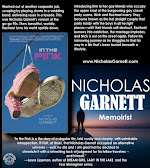









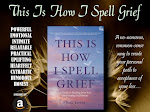
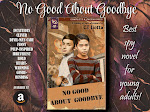



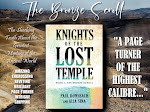





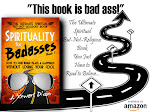





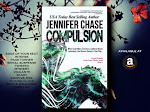













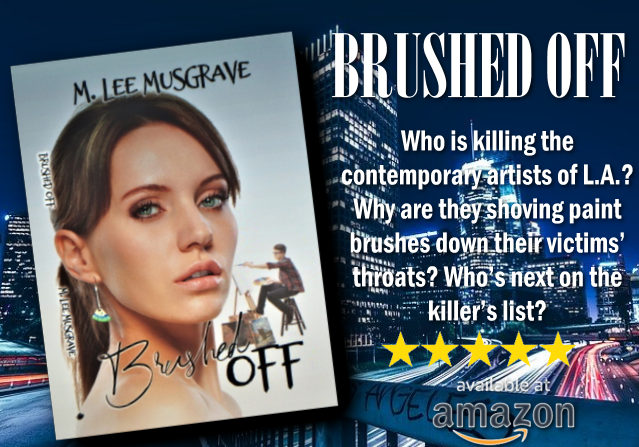


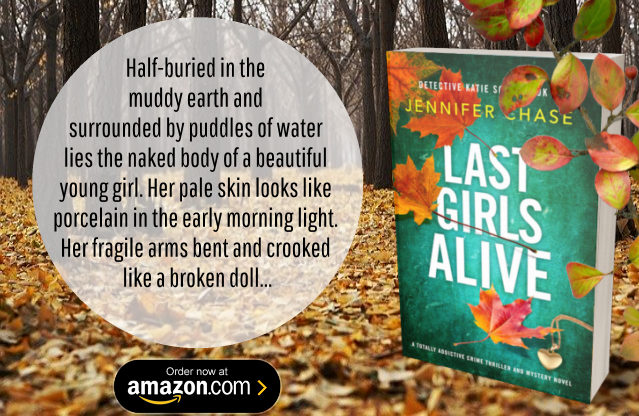
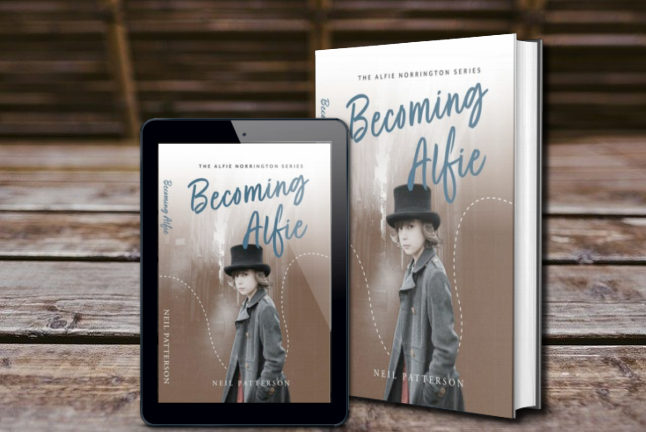







Leave a Comment